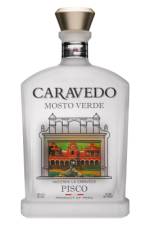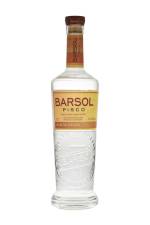The oldest use of the word pisco to denote Peruvian aguardiente dates from 1764. There are several suggestions about the origin of the word. The beverage may have acquired its Quechua name from the Peruvian town of the same name – once an important colonial port for the exportation of viticultural products – located on the coast of Peru in the valley of Pisco, by the river with the same name. Pisco is a colorless or yellowish-to-amber colored brandy produced in winemaking regions of Peru and Chile. Made by distilling fermented grape juice into a high-proof spirit, it was developed by 16th century Spanish settlers as an alternative to orujo, a pomace brandy that was being imported from Spain. It had the advantages of being produced from abundant domestically grown fruit and reducing the volume of alcoholic beverages transported to remote locations.









